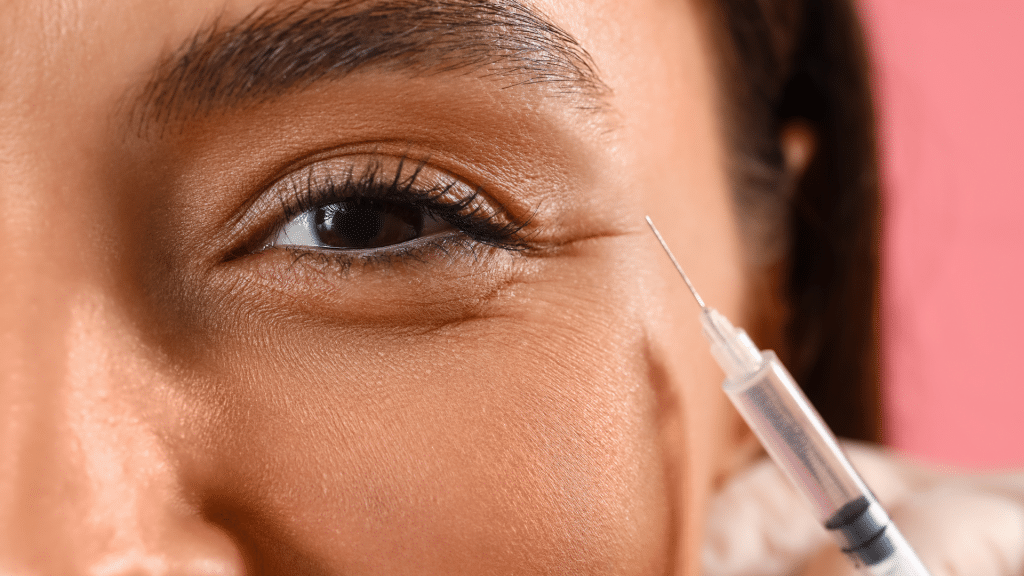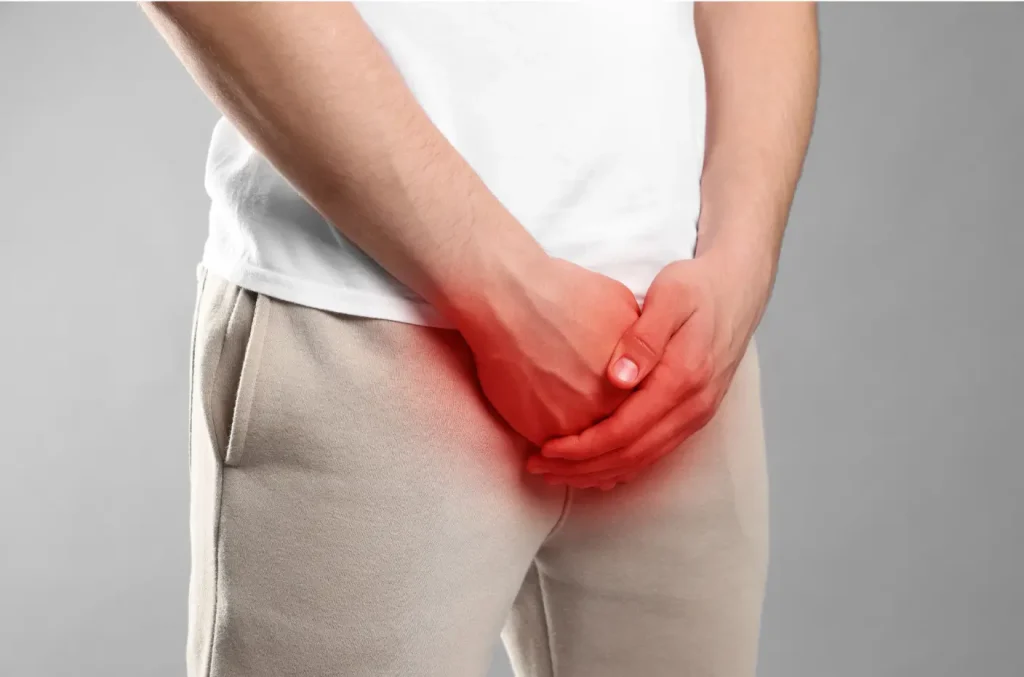The demand for cosmetic procedures using dermal fillers has surged in recent years. In 2022, the dermal filler market size reached USD 5.5 billion, with an estimated growth rate of 10.5%, projected to reach USD 14.8 billion by 2032. As the aging population increases, so does the interest in facial rejuvenation and anti-aging treatments like dermal fillers.
Radiesse and Juvederm are two popular dermal fillers. Using hyaluronic acid, Juvederm adds volume to specific facial areas, including cheeks, lip lines, and lips. It smooths wrinkles and enhances facial contours. On the other hand, Radiesse uses calcium-based microspheres to stimulate collagen production. It corrects wrinkles, folds, and volume loss in the face and hands.
This article will explore the differences between Radiesse and Juvederm, exploring their formulations, treatment areas, results, and safety profiles.
Key Takeaways
- Radiesse and Juvederm are popular dermal fillers for facial rejuvenation and volume restoration.
- Radiesse is composed of calcium hydroxylapatite, while Juvederm contains hyaluronic acid.
- The formulation differences between the two fillers affect their longevity and clinical applications.
- Understanding patient needs and specific aesthetic goals is crucial in choosing the suitable filler.
- Radiesse typically lasts longer than Juvederm, but the choice between the two depends on the treatment area and desired results.
Understanding Radiesse and Juvederm
Radiesse stands out for its unique blend of calcium hydroxylapatite. This mix immediately kicks off skin rejuvenation and keeps improving skin quality. It works by boosting collagen production, which helps reduce wrinkles and enhance facial volume.
On the other hand, Juvederm uses hyaluronic acid as its main component. Hyaluronic acid is well known for drawing moisture into the skin, instantly making it look plump and smooth.
Radiesse and Juvederm are both FDA-approved for adding fullness to the face and hands, making them critical tools in facial rejuvenation. These injectable fillers play a significant role in minimizing aging signs by restoring lost volume.
Formulation Differences
Calcium hydroxylapatite is a vital part of Radiesse. This compound is not just something you find in bones and teeth but also what makes Radiesse stand out as an injectable filler.
The gel that carries these tiny calcium microspheres can do wonders for facial contouring and soft tissue augmentation. It’s like giving your skin a scaffold to build on, which helps smooth out wrinkles and add volume where needed. Because of this innovative component, doctors can use this filler in various applications, such as using Radiesse for BBL treatments.
Juvederm uses hyaluronic acid, a carbohydrate found naturally in our tissues, as its active ingredient. This gel-based filler works magic in skin hydration and wrinkle reduction.
Acting like a water magnet, it pulls moisture to the treated areas, boosting facial volume and smoothing out lines for that sought-after rejuvenation.
Patient Suitability, Treatment Areas, and Longevity

Each patient has unique desires. Some want to reduce wrinkles, while others seek overall skin enhancement. Knowing what a patient wants helps in choosing between Radiesse and Juvederm.
Radiesse is strong and lasts a long time, usually around 15 months. Some people see its effects for up to 18-24 months because it helps make more collagen. This makes Radiesse stand out, as it works well for about a year or even longer.
Since hyaluronic acid has a short half-life of about 24-48 hours, touch-up treatments are often needed to keep the look fresh. People choose Juvederm because it can smooth wrinkles and restore volume with lasting results, making it an essential tool in facial rejuvenation and contouring.
Conclusion
Radiesse and Juvederm offer unique benefits in facial rejuvenation and volume restoration. The choice between these dermal fillers depends on the patient’s aesthetic goals, treatment areas, and desired longevity of results. By understanding the differences in their composition, mechanisms of action, and clinical applications, medical professionals can make informed decisions to meet their patients’ specific needs.
FAQs
1. What’s the main difference between Radiesse and Juvederm?
Radiesse is for deeper lines and volume, while Juvederm smooths out wrinkles and plumps lips.
2. How long do the effects of Radiesse last?
Radiesse results can stick around for a year or more.
3. And what about Juvederm? How long does it last?
Juvederm keeps you looking good for 6 to 12 months.
4. Can I switch between Radiesse and Juvederm to try both?
Yes, you can switch between them, but first, talk to your doctor about the timing and what’s best for your skin.
5. Is one filler safer than the other?
Both fillers are FDA-approved and safe when used correctly by a professional.
References
Healthline. (n.d.). Radiesse vs. Juvederm: Comparing benefits, costs, and more. Healthline. Retrieved May 16, 2024, from https://www.healthline.com/health/radiesse-juvederm
Guo, J., Fang, W., & Wang, F. (2023). Injectable fillers: current status, physicochemical properties, function mechanism, and perspectives. RSC advances, 13(34), 23841–23858. https://doi.org/10.1039/d3ra04321e
Loghem, J. V., Yutskovskaya, Y. A., & Philip Werschler, W. (2015). Calcium hydroxylapatite: over a decade of clinical experience. The Journal of clinical and aesthetic dermatology, 8(1), 38–49.





















